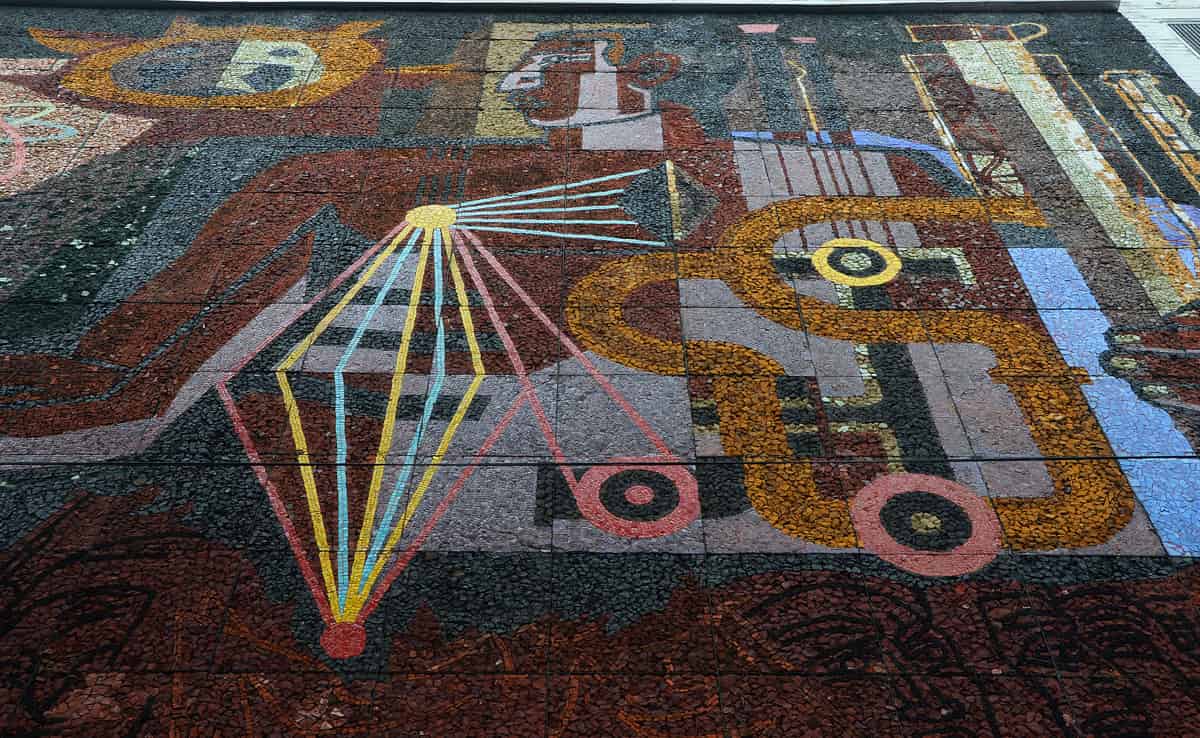The History of Mural Modern Mexico, Country of Ancient Culture
The history of the mural "Modern Mexico, country of ancient culture" began in 1957, when the Guanajuato artist José Chávez Morado was commissioned to create the main piece for the Mexican pavilion at the Universal and International Exposition in Brussels in 1958.





